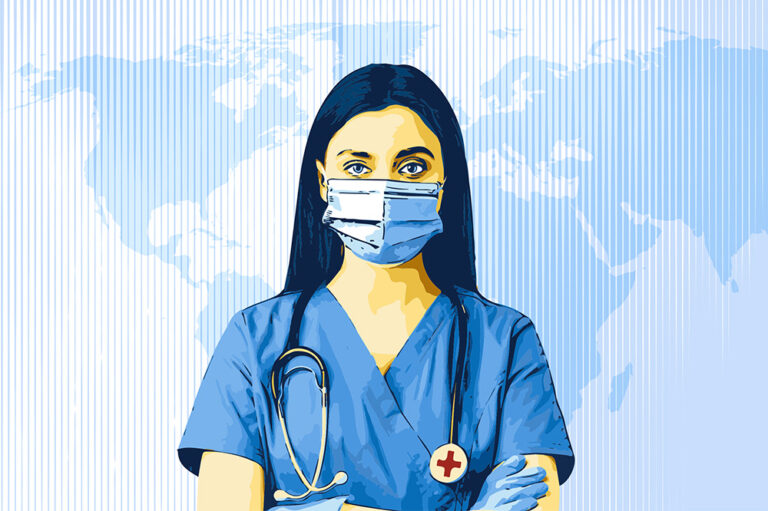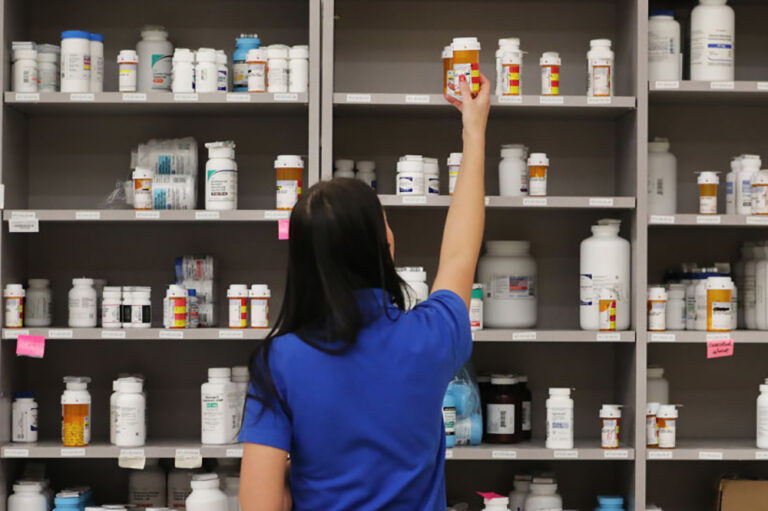Healthcare in the United States is very expensive — and yet the spending does not produce the health outcomes patients deserve.
The United States will spend a projected $5.6 trillion — or 18.5 percent of the national economy — on healthcare in 2025. On a per capita basis, the United States spends approximately twice the average of similarly wealthy countries. Nonetheless, health outcomes are generally no better than those of other countries, and in some cases, are worse, including in areas such as life expectancy, infant mortality, and diabetes.
Drivers of inefficiencies in the US healthcare system include:
- Employers, as purchasers of healthcare benefits for the over half of Americans on employer-sponsored insurance, often lack the pricing and quality data they need to design a health benefit that improves outcomes and drives down healthcare spending.
- Consumers rely on their employers to make benefits purchasing decisions on their behalf, and then lack the information required to assess quality and cost before care is consumed.
- Providers generally operate under a fee-for-service model in which they are compensated based on the volume of their services, rather than the effectiveness or clinical outcomes of the care they provide.
- Improvements in technology often make healthcare more expensive.
The result is a system in which, without reform, costs will continue to increase. Total healthcare costs — including all private and public spending — are anticipated to rise from $5.6 trillion in 2023 to $8.6 trillion by 2033, growing by an average of 5.4 percent per year, according to the Centers for Medicare and Medicaid Services. Healthcare spending is projected to grow faster than the economy, increasing from 18.5 percent of gross domestic product (GDP) in 2025 to 20.3 percent of GDP in 2033.
Such increased costs will be felt by all Americans — for example, in the form of increased hospital and prescription drug costs — as well as by the U.S. government in the form of higher spending on major federal health programs such as Medicare and Medicaid.
A healthcare system with high costs and less favorable outcomes undermines our economy and threatens our long-term fiscal and economic well-being. Fortunately, there are opportunities to transform our healthcare system into one that produces higher-quality care at a lower cost. For more information on potential reforms, see our Solutions Initiative and the Peterson Center on Healthcare.
Photo by FS Productions/Getty Images
Further Reading
Infographic: U.S. Healthcare Spending
Improving our healthcare system to deliver better quality care at lower cost is critically important to our nation’s long-term economic and fiscal well-being.
Healthcare Spending Will Be One-Fifth of the Economy Within a Decade
Healthcare spending in the United States is rising, with serious implications for the federal budget.
How Does the U.S. Healthcare System Compare to Other Countries?
Despite higher healthcare spending, America’s health outcomes are not any better than those in other developed countries.


